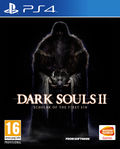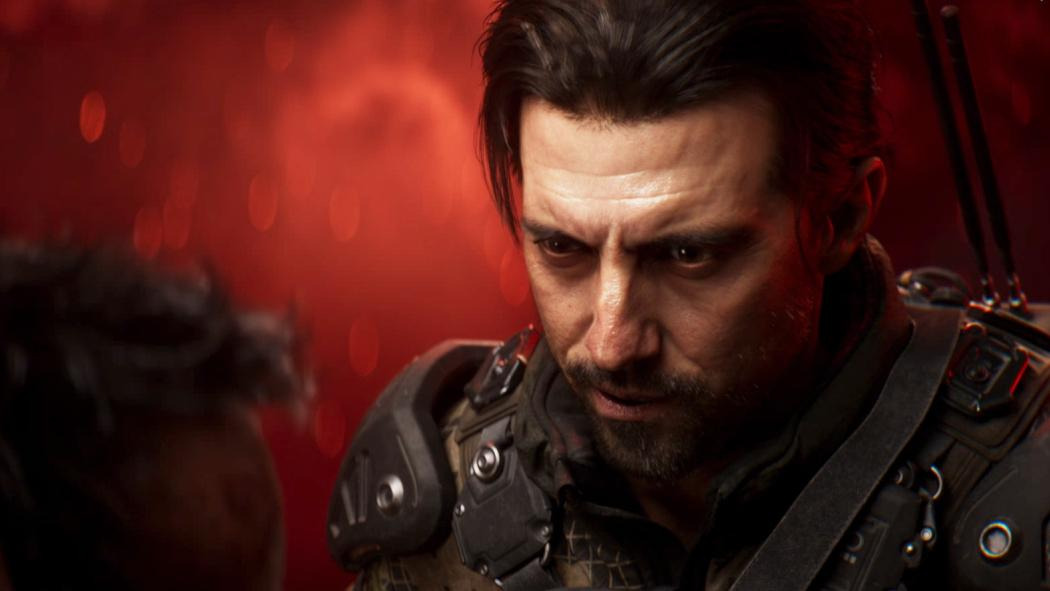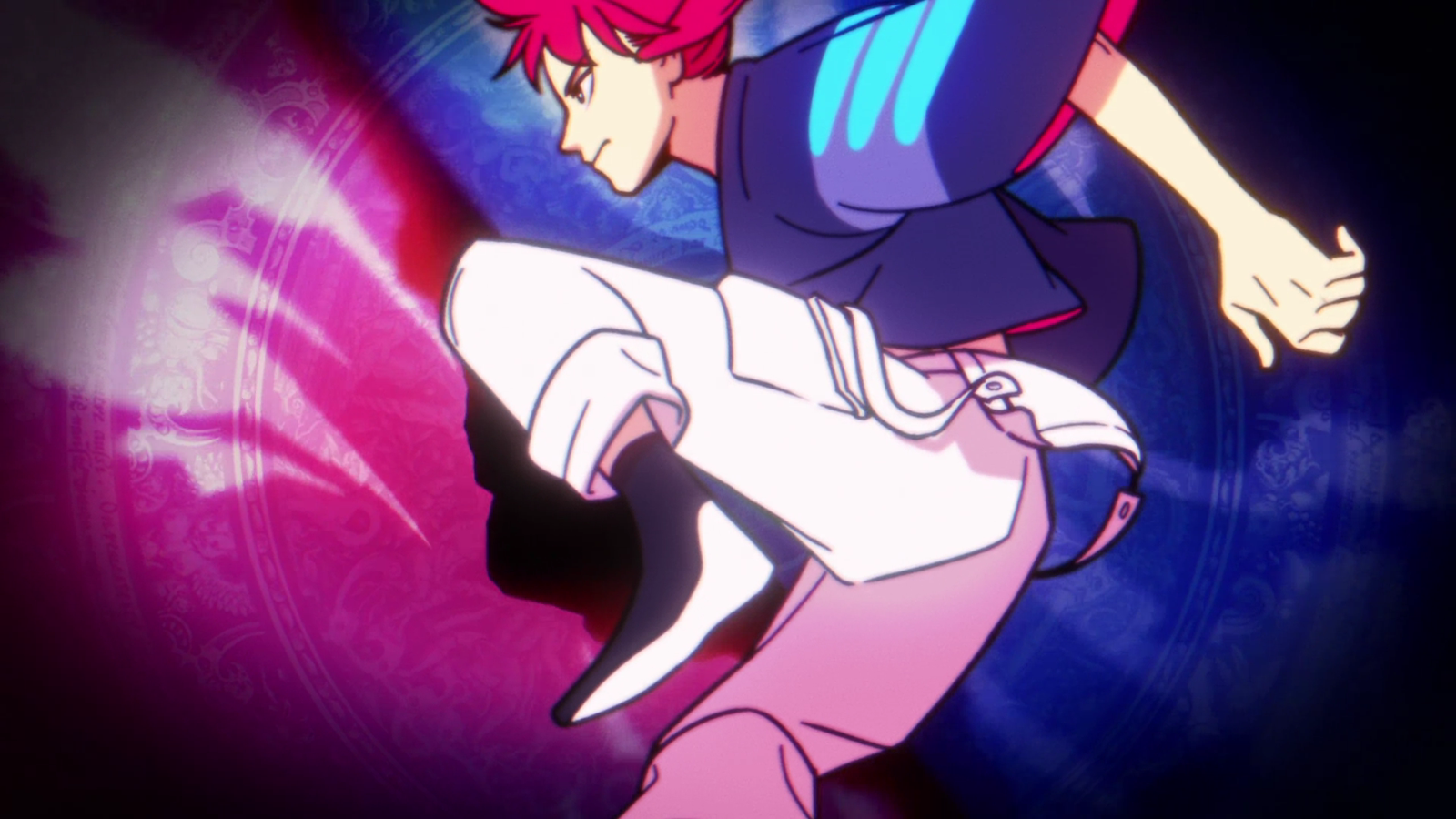You can trust VideoGamer. Our team of gaming experts spend hours testing and reviewing the latest games, to ensure you're reading the most comprehensive guide possible. Rest assured, all imagery and advice is unique and original. Check out how we test and review games here
I’ve often felt that Dark Souls 2 follows the misguided notion that more equals better. When it first released last year it seemed to plant its philosophies on two unstable legs: a player’s nostalgia, and throwing a lot more enemies your way. While every design decision in Dark Souls felt meticulous, with every enemy placement creating intense battles at all points of the map, Dark Souls 2 cheapened encounters too often by creating moments that left the player overwhelmed without an answer. It’s still a Souls game of course, but ironically lacking much soul. Scholar of the First Sin, unfortunately, seems to adopt the same principles, putting itself further into the shadows of its predecessor, and now its successor.
One major improvement brought forth by the upgrade to new-gen consoles, and something unseen on a console Souls game, is a consistent frame rate. The game runs at a smooth 60 frames per second, something to which even BloodBorne cannot hold a torch. With the visual upgrade to 1080p, too, the game is also now much nicer to look at. It’s nice to go into a boss battle knowing you won’t be hampered by a colossal drop in performance and don’t have to compensate for anything, allowing your focus to be dedicated solely to whatever nightmare you’re about to face.
While HD remasters can typically be grabbed by players who missed the release first time round, Scholar of the First Sin feels more like a New Game Plus venture for Dark Souls 2 veterans. As mentioned above, Dark Souls 2 decided to overwhelm players with more enemies to deal with rather than create the intimate, tactical affairs found more often in its predecessor. Scholar of the First Sin does little to redress this, and in fact only serves to intensify it. The new enemy locations actually make the issues found in the original release more glaring, especially in the early parts of the game.
One such example is the new location of Heide’s Knights. Originally found perched under a tree in the Forest of the Fallen Giants, waiting patiently for you to piss him off before engaging in a tense early encounter, the Knight has now moved to Heide’s Tower of Flame. Not only has he moved, but he has gone forth and multiplied. A lot. For each Old Knight strewn along the crumbling path, there’s at least one Heide Knight waiting. While most won’t be alerted until you hit them, there will come a certain point in the game when they are all awake, taking all strategy out of each Old Knight encounter.
This doesn’t redress the balance of these fights in any meaningful way, but rather cheapens it to something where tactics lose significance to luck. It also means that path leading to either boss in Heide’s Tower of Flame is much more challenging than the actual bosses. The change highlights the very fine line the Souls series treads between challenge and unfair frustration, something Dark Souls 2 and Scholar end up on the wrong side of all too often.
Other examples litter the whole of Dark Souls 2, where the experience is more often made unfair rather than ‘tweaked’ or ‘balanced’. The Flexile Sentry, the boss of the Ghost Ship in No Man’s Wharf, now appears in the sewers of Sinner’s Rise, replacing the Undead Aberrations. But relocation of the Flexile Sentry makes it largely ineffective. It cannot fit through the corridors of the area it’s in, allowing the player to cheat the fight.
However, one area where the changes to enemy locations have in fact made the area better is in the Shaded Ruins. An excruciatingly difficult area in the original version, facing the enemies in the area is now a much more viable strategy, rather than desperately sprinting through to get to the boss. Other areas have also been added, with hidden pathways leading to slightly different sections than before. This is good, as it keeps a player like me, who played a lot of the original, on my toes but also doesn’t scare away newcomers.
In spite of the grievances with these changes, Dark Souls 2 is still very enjoyable. Once you power through that initial blockade, and begin to develop an arsenal capable of taking on the enemies that stand in your way, it manages to scratch that itch that fans of the series know all too well. There’s a very clear sense of empowerment that Dark Souls 2 gives. After being knocked down time and again, suddenly being able to rise to the challenge set forth several hours before is a great feeling. But Dark Souls 2’s foray onto new gen is certainly not the starting point for newcomers to the series. The new enemy placements and increase in challenge means this is the place for veterans to come and test their skill.
Whether or not you enjoy the technical tweaks brought forth by the upgrade, there’s no arguing that Scholar of the First Sin represents the best value prospect for players, with all DLC included, a bump to 1080p, and a solid framerate. Is it the best version of Dark Souls 2? Not necessarily, but it’s a good game, if still not able to emulate its predecessor and now overshadowed by spiritual successor in the end.
Version Tested: PS4
Dark Souls 2: Scholar of the First Sin
- Platform(s): PC, PlayStation 3, PlayStation 4, Xbox 360, Xbox One
- Genre(s): Action







